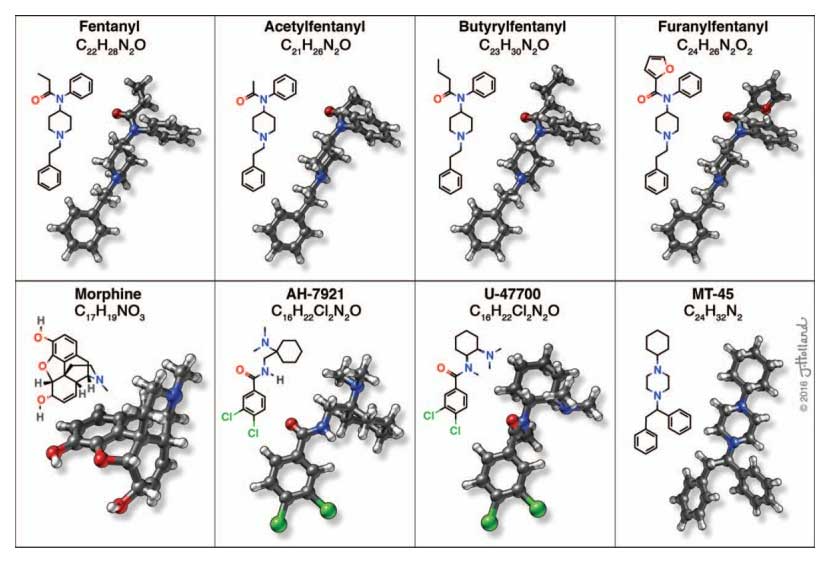
Study Author Michael Baumann
Reviews To Read – March 1, 2018.
The United States is experiencing an epidemic of opioid overdose deaths. A major factor in this crisis is the increasing availability of potent opioid drugs, including fentanyl and novel synthetic opioids (NSOs). NSOs include various analogs of fentanyl and newly-emerging non-fentanyl compounds which stimulate mu-opioid receptor proteins in the brain. NSOs are manufactured in Asian laboratories and trafficked via the Internet. They are found as standalone products, additives in illicit heroin or constituents of counterfeit pain pills, and most users are unaware of their exposure to the substances. Recent data from law enforcement sources show rising confiscation of acetylfentanyl, butyrylfentanyl, and furanylfentanyl, in addition to non-fentanyl compounds such as U-47700. These substances have been associated with many forensically-confirmed overdose deaths, but there is scant information about the biological effects of most NSOs. Here we describe the pharmacology, toxicology, clinical management, forensic detection, and regulatory issues associated with NSOs. Overall, NSOs present major challenges for medical professionals, law enforcement agencies, and policymakers. Resources must be distributed equitably to enhance harm reduction though public education, medication-assisted therapies, and improved access to naloxone.
Misuse of Novel Synthetic Opioids: A Deadly New Trend. Journal Article
In: J Addict Med, vol. 11, no. 7, pp. 256–265, 2017.

